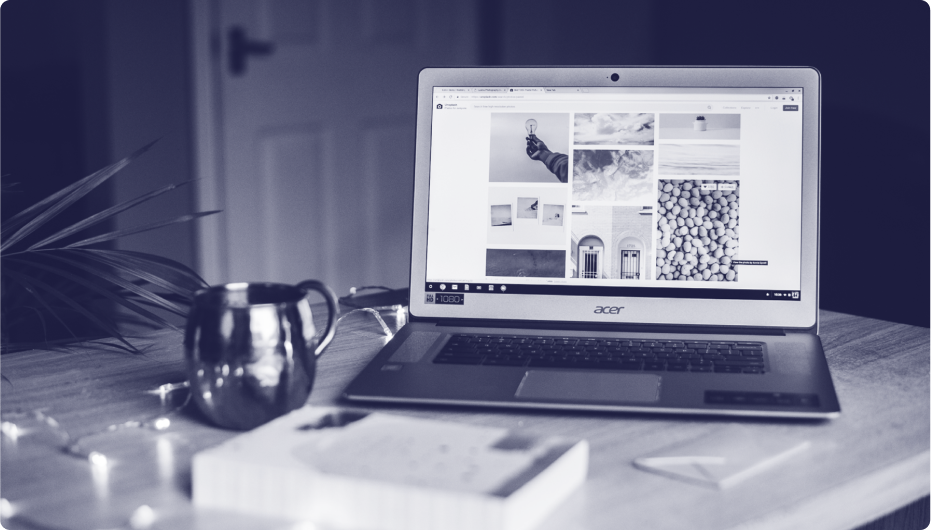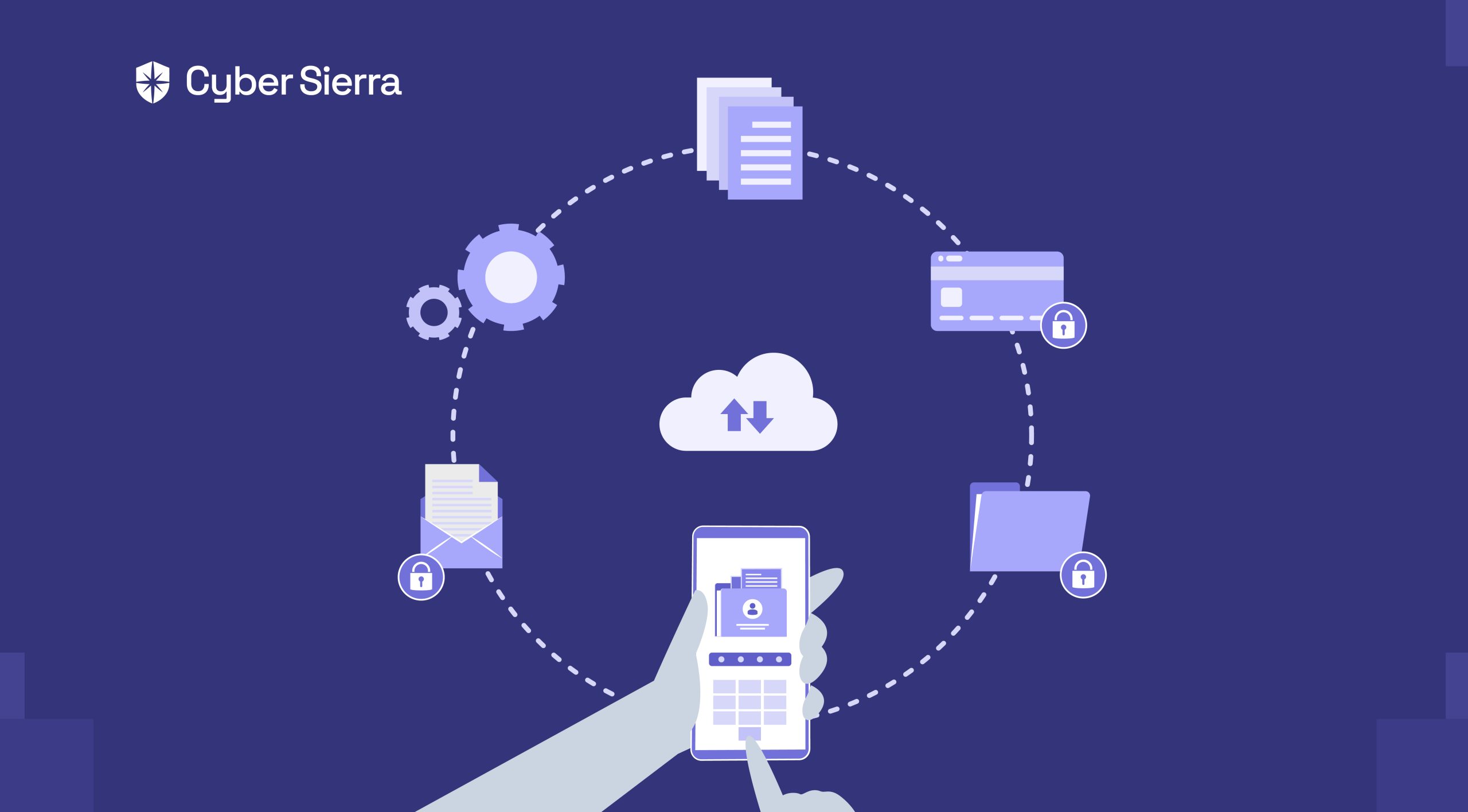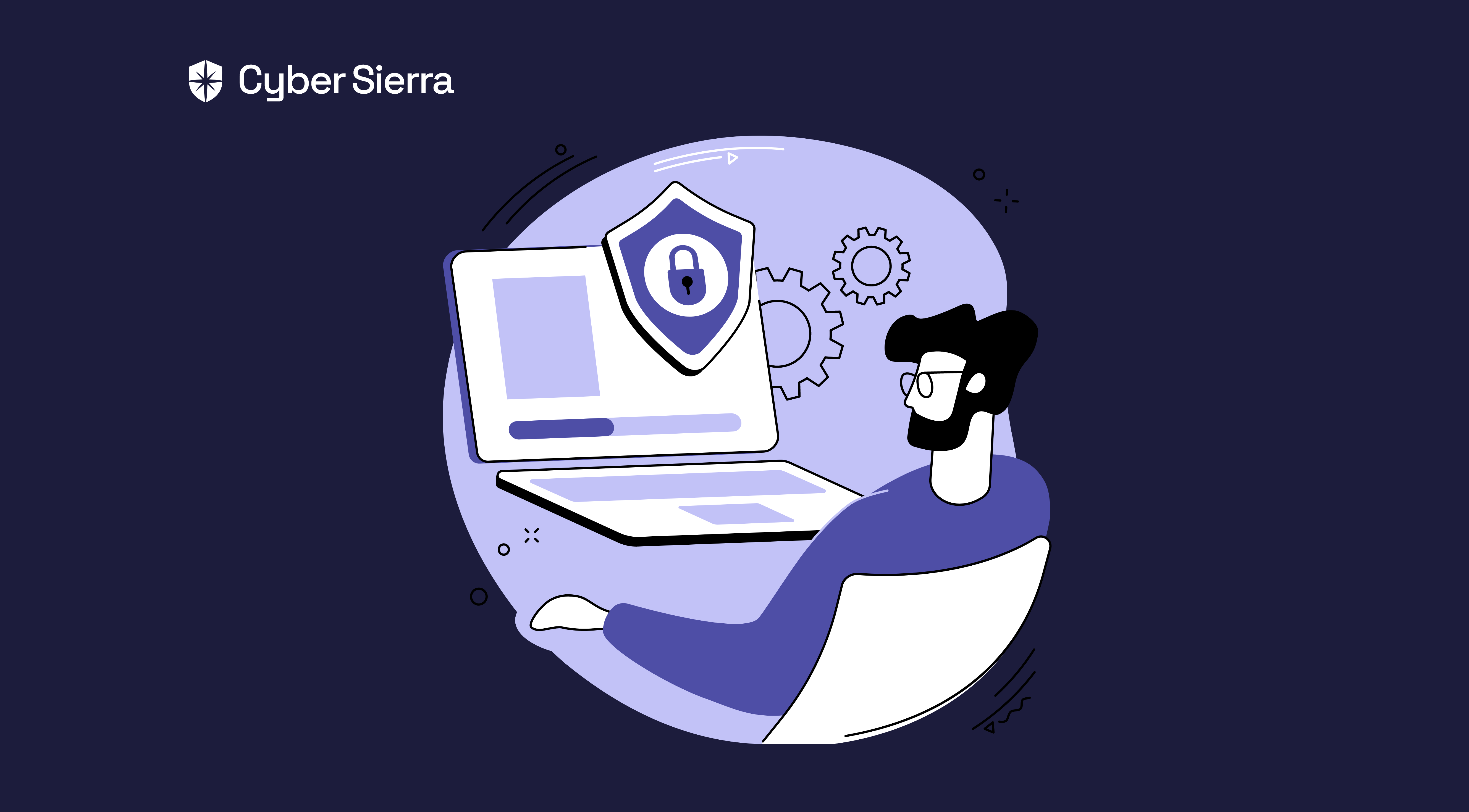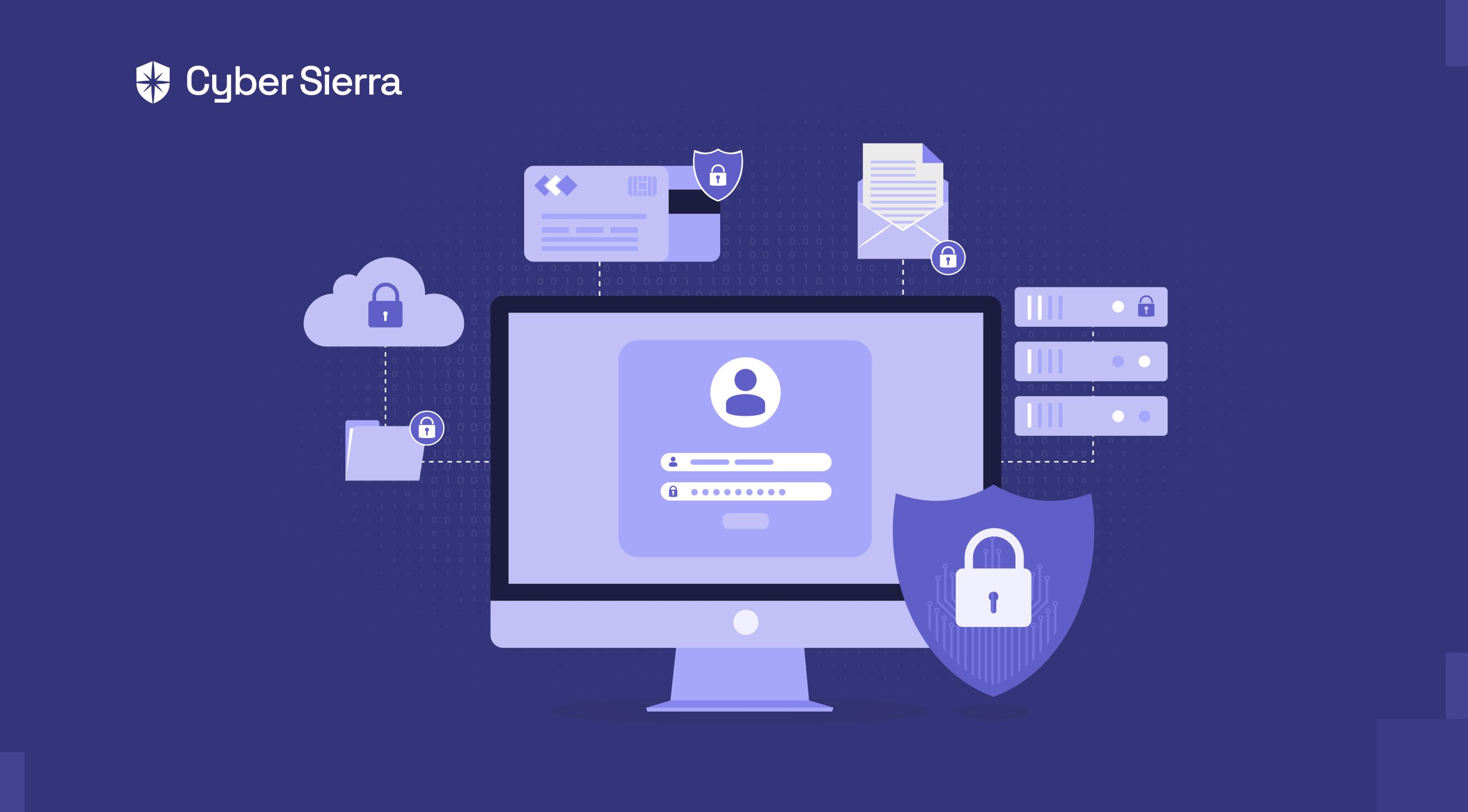

Best Practices for Social Media Usage




Join thousands of professionals and get the latest insight on Compliance & Cybersecurity.
Social media is deeply ingrained in our lives - whether it’s for personal usages like Instagram or TikTok or for professional purposes like LinkedIn.
For example, if an individual loses their account access to an attack, the hacker could then send out phishing links to coworkers or extort the company’s information from coworkers. This shows how easy it would be for a threat actor to inflict damage on an organization by hacking an employee’s social media accounts.
To mitigate the risks, key security practices can be adapted for social media that would bolster the general security of an individual and the employer. Such practices include:
Setting strong passwords for social media accounts and corporate accounts:
Using multi-factor authentication (MFA)
Opting for MFA means that you would need access to your phone or email address before logging into your accounts. This makes it significantly harder for threat actors to steal access
Being cautious on social media platforms
Exercise basic caution and in case of links or messages that seem suspicious, either ignore them or report them to the platform. Even a trusted coworker could have been hacked and links from them could be part of a phishing attack.
Never post sensitive information about your work online
Details around how the internal systems or credentials to access any or a set of systems shouldn’t be posted online or even kept in private messages. In the event of a data breach, such information can potentially land with the hackers who may try to breach the system
Review your privacy and security settings regularly
Social media companies release updates to their apps and websites regularly and the privacy and security settings may get more features and changes. Review these settings regularly to ensure that you’re protected from any security vulnerability
Find out how we can assist you in completing your compliance journey.







